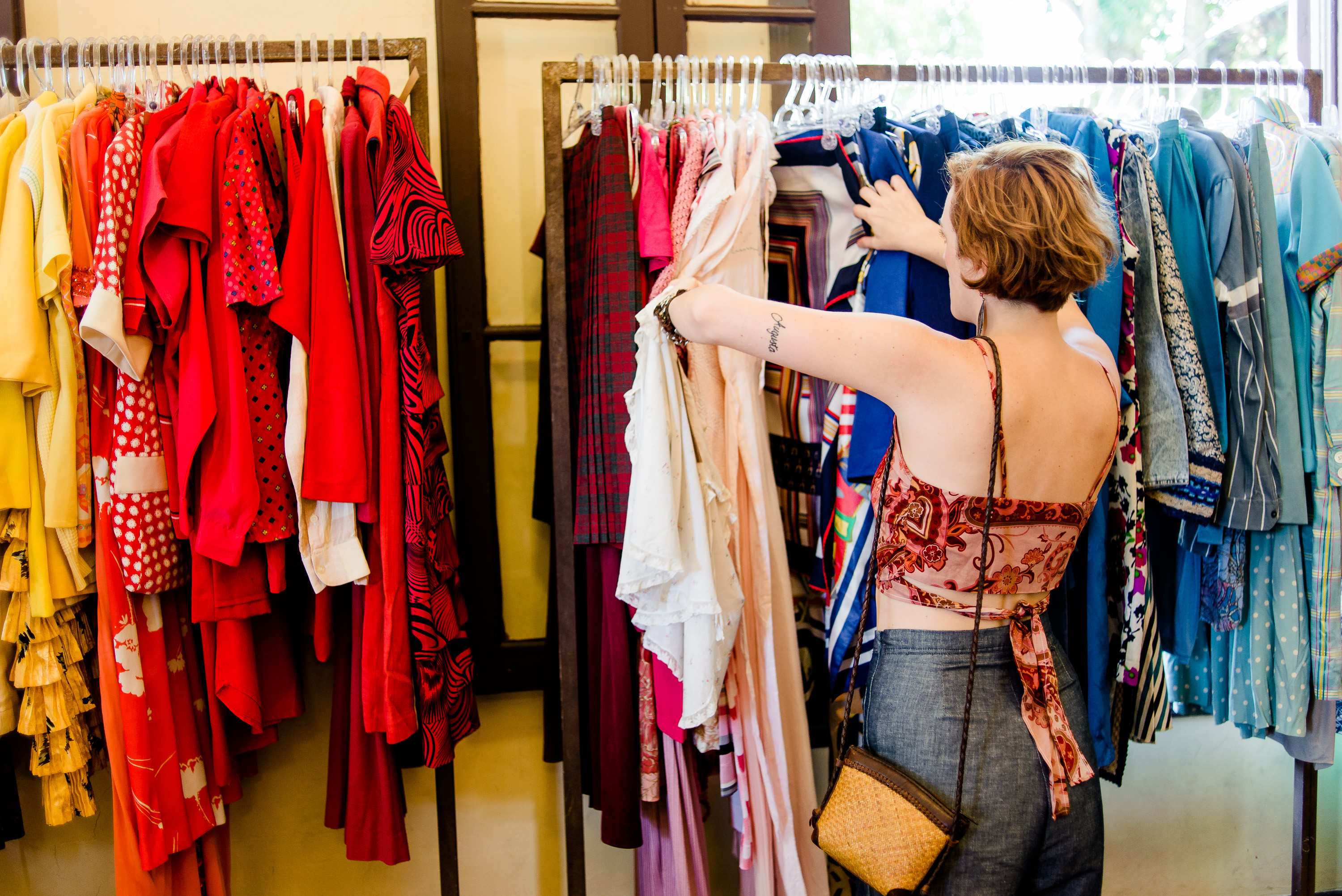Brazilian private household consumption accumulated a 2.84% increase from January to September this year.
In September, consumption at home was influenced by the drop in food prices, and the indicator closed the month with a high of 0.39% compared to August.
Compared to the same period in 2021, the increase is 11.19%.
The data are from the Brazilian Supermarket Association (Abras), and the values are deflated by the National Wide Consumer Price Index (IPCA) from the Brazilian Institute of Geography and Statistics (IBGE).

For the year 2022, Abras forecasts an accumulated growth of up to 3.3%.
Consumption in Brazilian households accumulated a 2.84% increase from January to September this year.
The drop influenced n September, consumption in Brazilian homes in food prices, and the indicator closed the month with a high of 0.39% compared to August.
Compared to the same period in 2021, the increase is 11.19%.
The data are from the Brazilian Supermarket Association (Abras), and the values are deflated by the National Wide Consumer Price Index (IPCA) from the Brazilian Institute of Geography and Statistics (IBGE).
For the year 2022, Abras foresees an accumulated growth of up to 3.3%.
“The trend is a more consistent consumption in the coming months, pulled mainly by the increase in the consumption of proteins and other items that are again part of the supply basket of consumers after the deflation registered in the last three months,” says the Institutional vice-president of ABRAS, Marcio Milan.
The Abrasmercado basket, composed of 35 widely consumed products, including food, beverages, cleaning products, and hygiene and beauty items, shows a 6.58% price increase in 12 months.
From October to September, the variation was negative by 0.17%.

